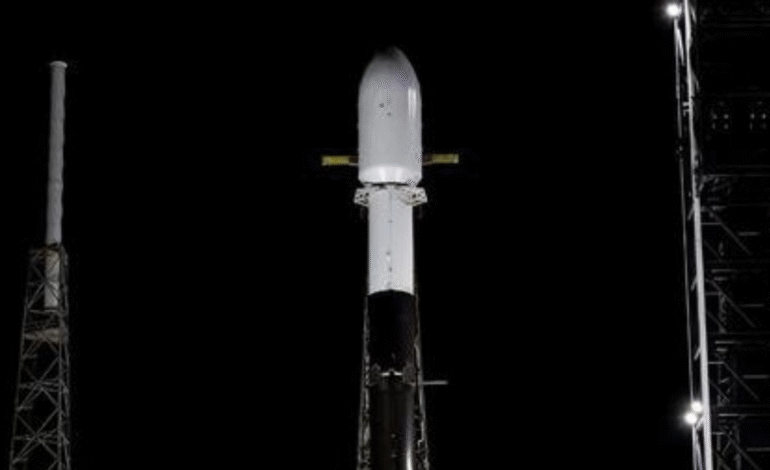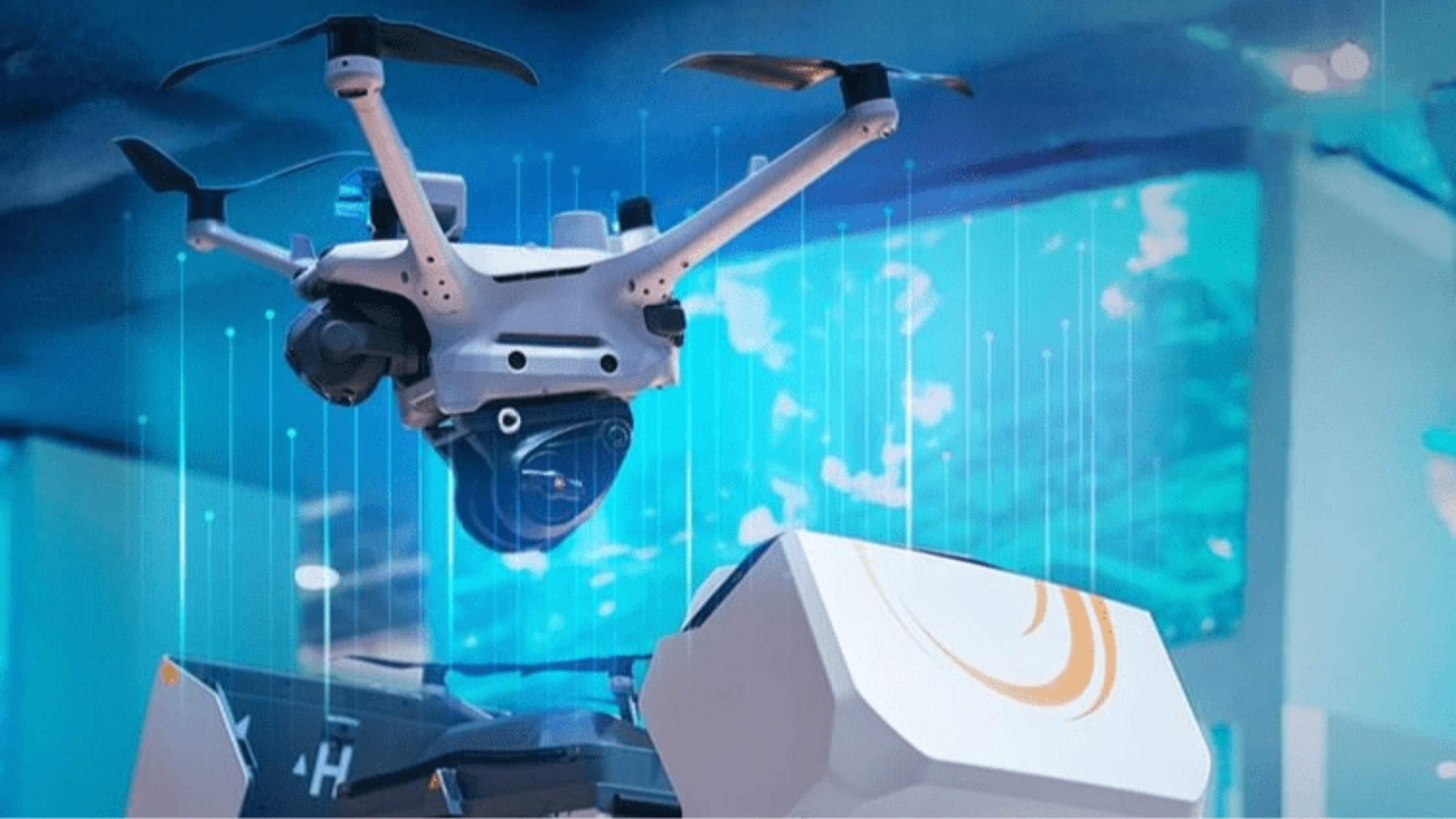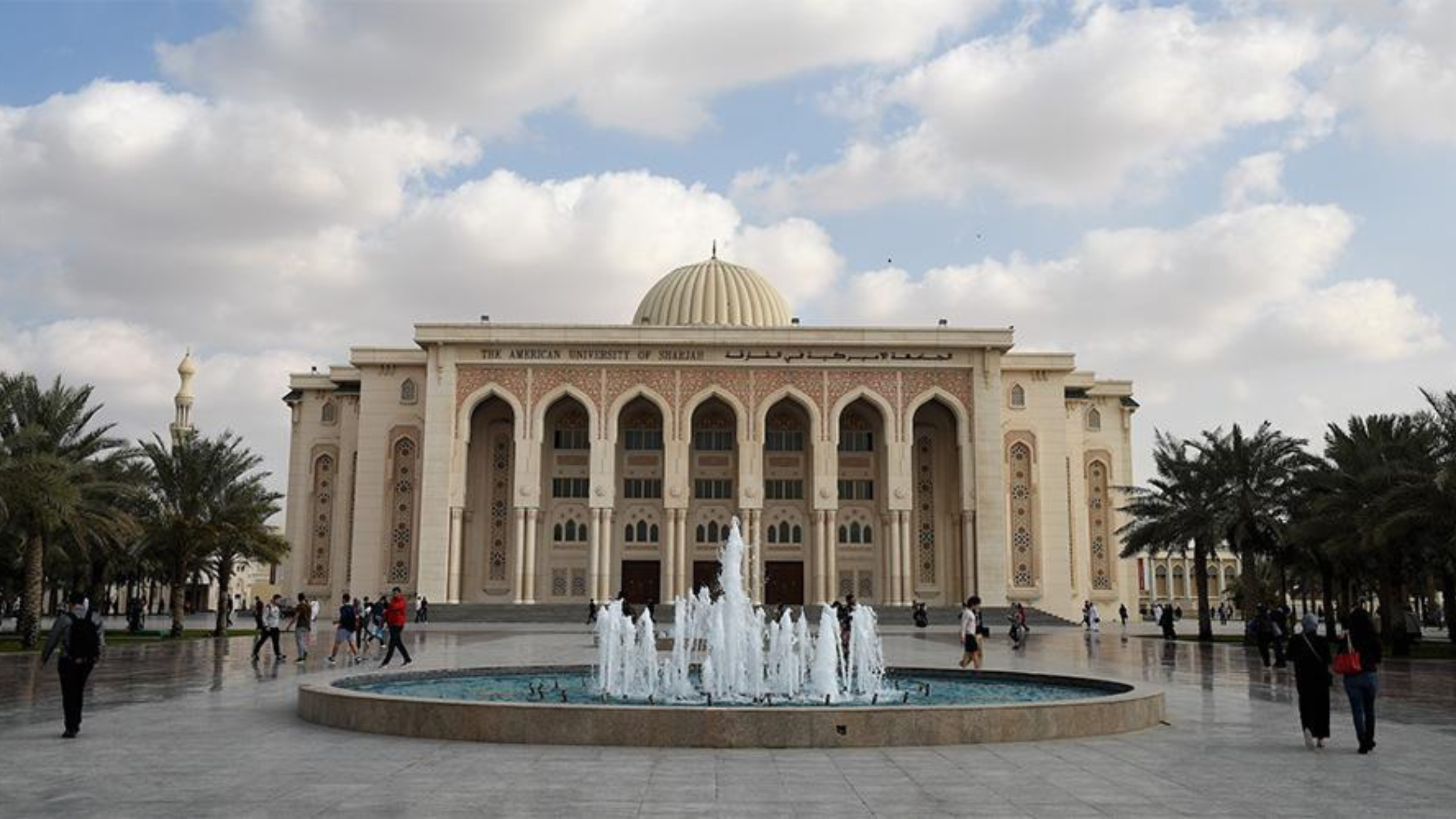Israel’s Dror-1 Satellite Launches Successfully Aboard SpaceX Falcon 9

In a groundbreaking development that underscores Israel’s rising role in global space technology, the country’s most advanced communications satellite, Dror-1, has successfully been launched into space. The mission was accomplished from Cape Canaveral, Florida, using SpaceX’s reliable Falcon 9 rocket system adding to a series of highly visible space collaboration efforts that highlight how Middle Eastern technological advancement is now a force to be reckoned with.
As part of the Israel Aerospace Industries’ (IAI) strategic move to boost national and regional space-based communication infrastructure, the launch of Dror-1 represents a key milestone. Not only does it embody engineering excellence, but it also signals Israel’s increasing reliance on space-based technology for secure and fast communications that meet civilian and defense needs alike.
A New Era of Communication: Dror-1 Takes Off
The Dror-1 communications satellite was launched into orbit aboard a two-stage SpaceX Falcon 9 rocket, a mission that captured attention across international media. The Falcon 9’s first stage already used in 13 previous missions flawlessly completed its job by delivering the rocket through Earth’s lower atmosphere and then performing a remarkable vertical landing on a drone platform stationed in the Atlantic Ocean.
This reusable first-stage booster reflects SpaceX’s ongoing revolution in cost-effective spaceflight, while the second stage, still carrying the Dror-1 payload, continues to thrust the satellite into its targeted geostationary orbit.
The successful deployment of this state-of-the-art satellite is being celebrated not only in Israel but also among space tech enthusiasts in the Middle East and globally, where there is a surge in demand for satellite-based services, from broadband internet to encrypted communication solutions.
Israel Aerospace Industries (IAI): Engineering the Future
Israel’s government-owned defense and aerospace company, Israel Aerospace Industries, is the mastermind behind the Dror-1 satellite. Designed and built entirely in-house, the satellite is a cornerstone of the country’s long-term space strategy aimed at maintaining communication independence in an increasingly connected and digital world.
Weighing several tons and equipped with advanced solar panels and deployable communication dishes, Dror-1 will eventually reach its fixed position approximately 36,000 kilometers above Earth, where it will become a permanent fixture in Israel’s space architecture.
Over the next two weeks, the satellite will gradually perform a series of intricate orbital maneuvers guided by automated commands and monitored by IAI’s mission control team to settle into its final orbital position.
What Makes Dror-1 So Advanced?
While Israel has previously launched satellites, Dror-1 stands out as the most advanced communication satellite the country has ever developed. Its main technological strengths include:
- Highly secure communication channels
- Adaptive bandwidth allocation for efficiency
- Advanced encryption systems
- Custom-built antennas to support a wide range of frequencies
Autonomous positioning and diagnostics systems
These features enable Dror-1 to service a wide range of users from commercial telecommunications companies to government and defense agencies making it a multifunctional asset in the evolving communications arena.
The satellite’s high-throughput communication capability ensures faster data relay over vast distances, reducing latency and improving signal clarity. In regions like the Middle East, where digital infrastructure development is accelerating, Dror-1 could become a key link in facilitating advanced connectivity.
Strategic Collaboration: SpaceX and Israel’s Space Ambitions
This launch signifies more than just technological prowess it represents a strategic collaboration between Israel and SpaceX, a company that has been at the forefront of commercial space exploration. By choosing the Falcon 9 launch system, Israel joins a growing list of nations and companies that trust SpaceX’s record-breaking orbital launch platform for critical missions.
SpaceX’s role in enabling access to orbit has democratized space launch capabilities, opening doors for countries like Israel to expand their satellite fleets without depending solely on state-run or European launch systems. This international cooperation strengthens commercial diplomacy and innovation exchange, which is increasingly being recognized as a cornerstone of space relations in the 21st century.
Middle East Space Race: How Israel Stands Out
The Middle East space race is heating up with countries like the UAE, Saudi Arabia, and Iran all launching ambitious space programs. However, Israel’s edge lies in its unique blend of defense-based satellite needs, long-standing engineering expertise, and strong public-private collaborations.
Israel’s space ambitions were formalized decades ago, but in the last 10 years, investments have surged, and satellites like Dror-1 mark the transition from basic Earth observation to high-tech communication systems.
The UAE’s Mars mission, for instance, showcased the region’s hunger for interplanetary exploration. However, Israel is carving a niche with its focus on space-based communication a field that’s critical not only for national security but also for expanding access to remote areas and enhancing disaster management through emergency communication systems.
Dror-1 is expected to link with regional partners through shared signal relay networks, bringing the Middle East closer in its ambition to establish interconnected, secure space communication frameworks.
Implications for Defense, Infrastructure, and Commercial Development
One of the major talking points around Dror-1’s launch is its dual-use functionality. While it’s being touted as a civilian communication satellite, insiders and analysts acknowledge that it has immense strategic defense potential. From surveillance coordination to secure data transfer and real-time battlefield communications, satellites like Dror-1 redefine how modern defense forces operate.
On the civilian side, it’s poised to enhance broadband coverage in remote and underserved regions—particularly those in the eastern Mediterranean and Middle East. As global demand for high-speed, low-latency satellite internet surges, particularly in desert and mountainous terrains where fiber optics are impractical, satellites like Dror-1 offer a transformative solution.
Furthermore, commercial sectors ranging from telemedicine to aviation and shipping logistics stand to benefit immensely from this high-throughput communication platform.
Countdown to Full Activation: What Happens Next
Over the next 14 days, the satellite will complete several orbital passes before stabilizing at its designated geostationary orbit. This “parking” phase is crucial for calibrating instruments, deploying its solar wings and antennae, and ensuring system integrity through detailed diagnostic checks.
Engineers from IAI will monitor the entire process from mission control in Israel, conducting software updates and establishing ground communication relays. Once fully positioned and functional, Dror-1 will begin transmitting across multiple frequency bands, creating a broad service envelope over its assigned territory.
Once operational, the satellite’s data will be routed through Israel’s ground communication stations and extended to allied systems, allowing for real-time encryption, multi-device support, and seamless transitions between regional nodes.
Israel’s Space Future: Dror-1 as a Beacon of Progress
Dror-1 isn’t just another object in the sky it is a symbol of national ambition and technical mastery. It encapsulates years of research, budgetary allocation, and inter-agency coordination. More importantly, it reinforces the notion that the Middle East is rapidly becoming a space-savvy region, contributing to global communication infrastructure, not just consuming it.
With more countries entering the space sector, cooperation and responsible satellite management will be crucial to avoid orbital congestion and to ensure long-term sustainability in low-Earth and geostationary orbits.
Israel’s Dror-1 may just be the beginning of a new age, where Middle Eastern nations not only share the Earth but also the skies above, forging a connected, secure, and collaborative technological future.
Middle East Eyes the Sky, Israel Leads with Dror-1
The successful launch of Dror-1 satellite aboard SpaceX’s Falcon 9 is more than a one-time achievement. It’s a pivotal moment in Israel’s growing dominance in space communications. As the satellite settles into orbit over the next few weeks, it will begin transmitting signals that could reshape regional communication, improve internet access, and bolster defense systems.
In a world that is increasingly reliant on secure, fast, and scalable satellite infrastructure, Israel has placed a vital stone in the foundation of that future. With SpaceX as a trusted partner, and with the Middle East’s eyes looking ever more toward the stars, Dror-1 has successfully taken its place among the satellites that are building tomorrow.








1 Comment
[…] offensive marked a significant turning point in the already strained relations between Israel and the interim Syrian administration led by Ahmed al-Sharaa. Although the Sharaa government has […]
Comments are closed.